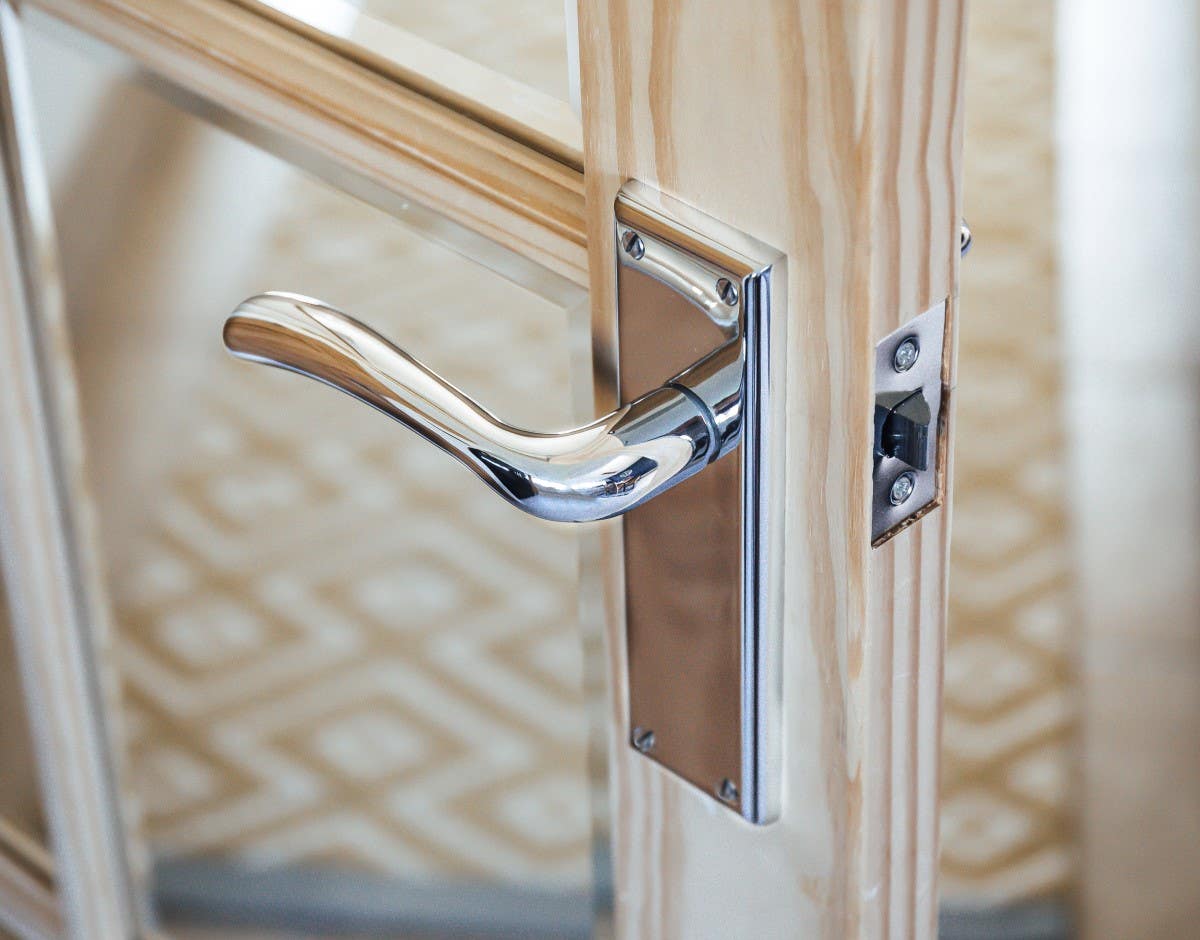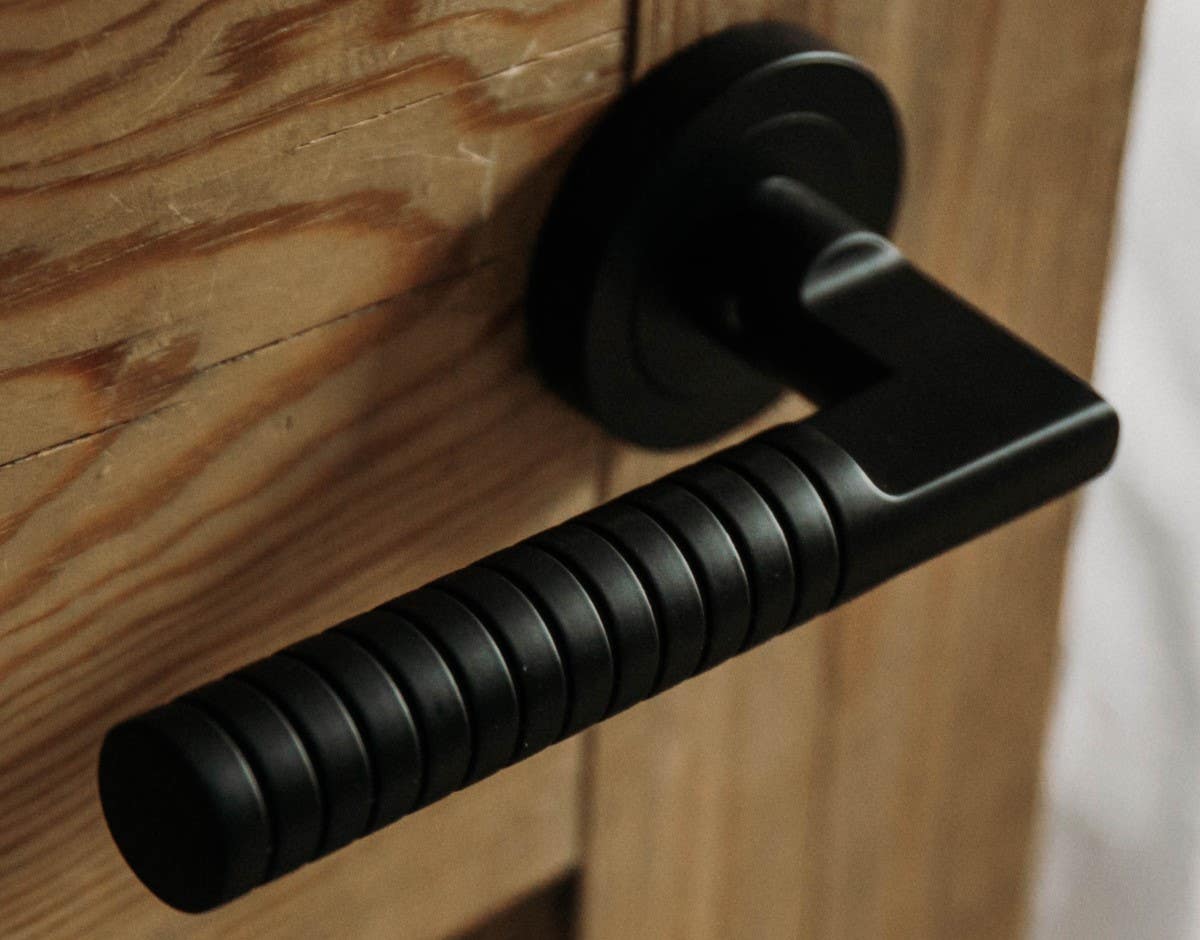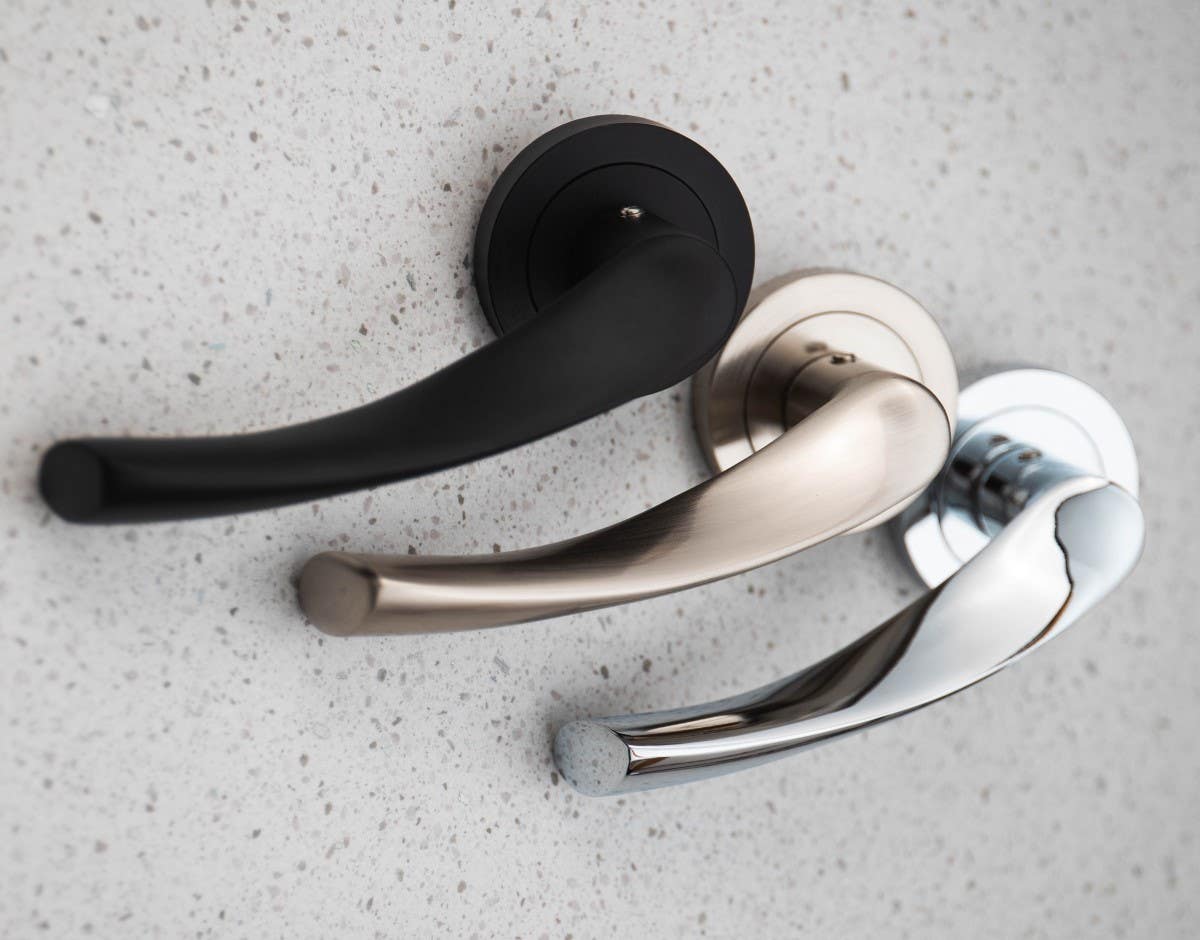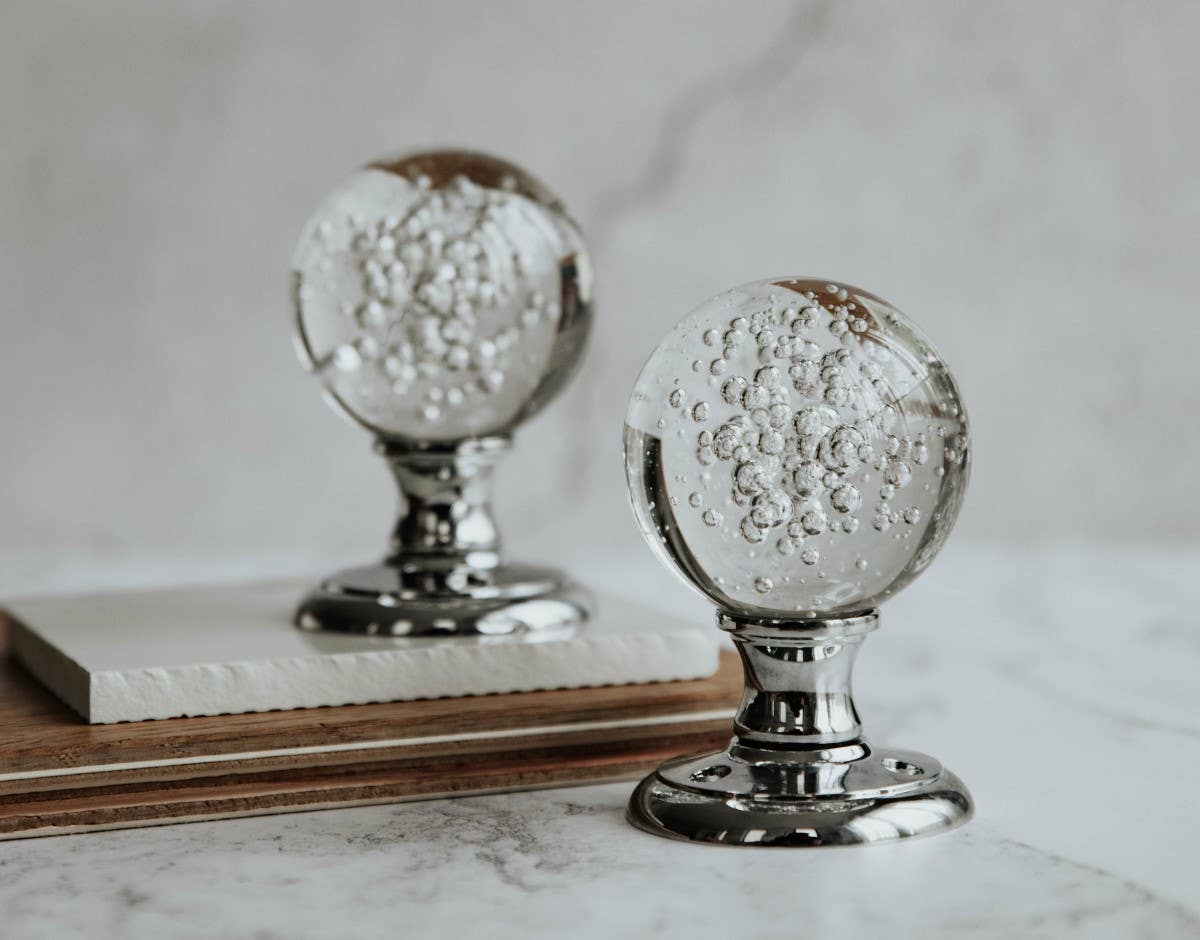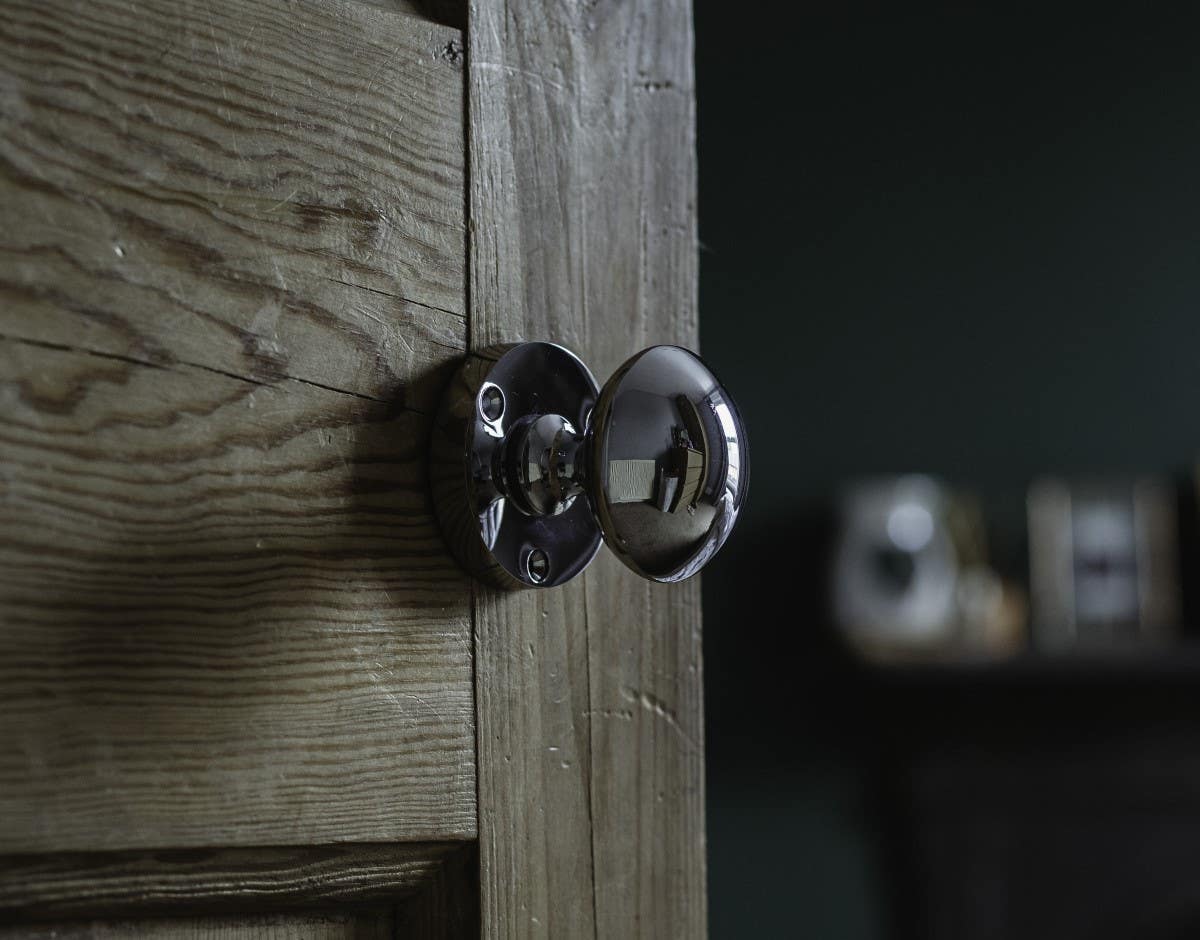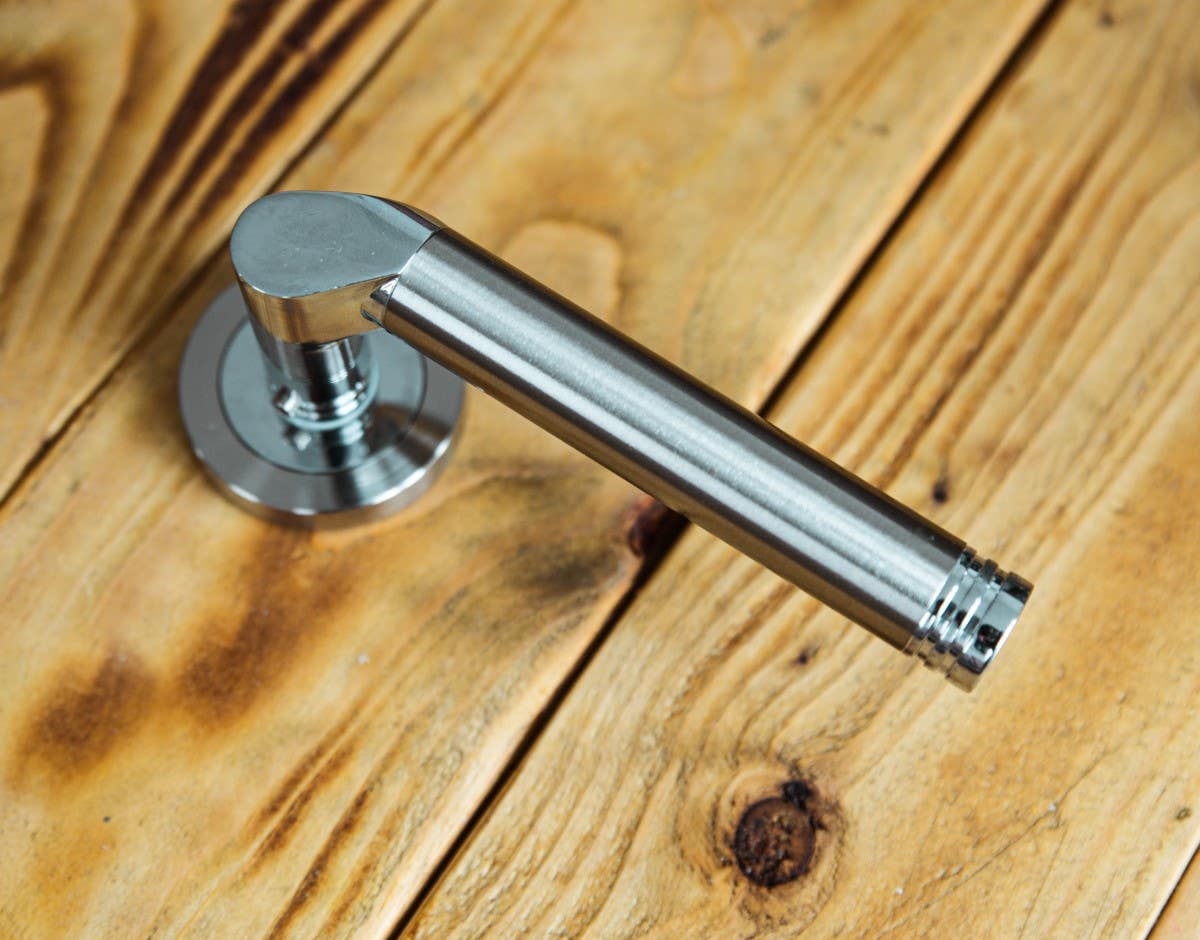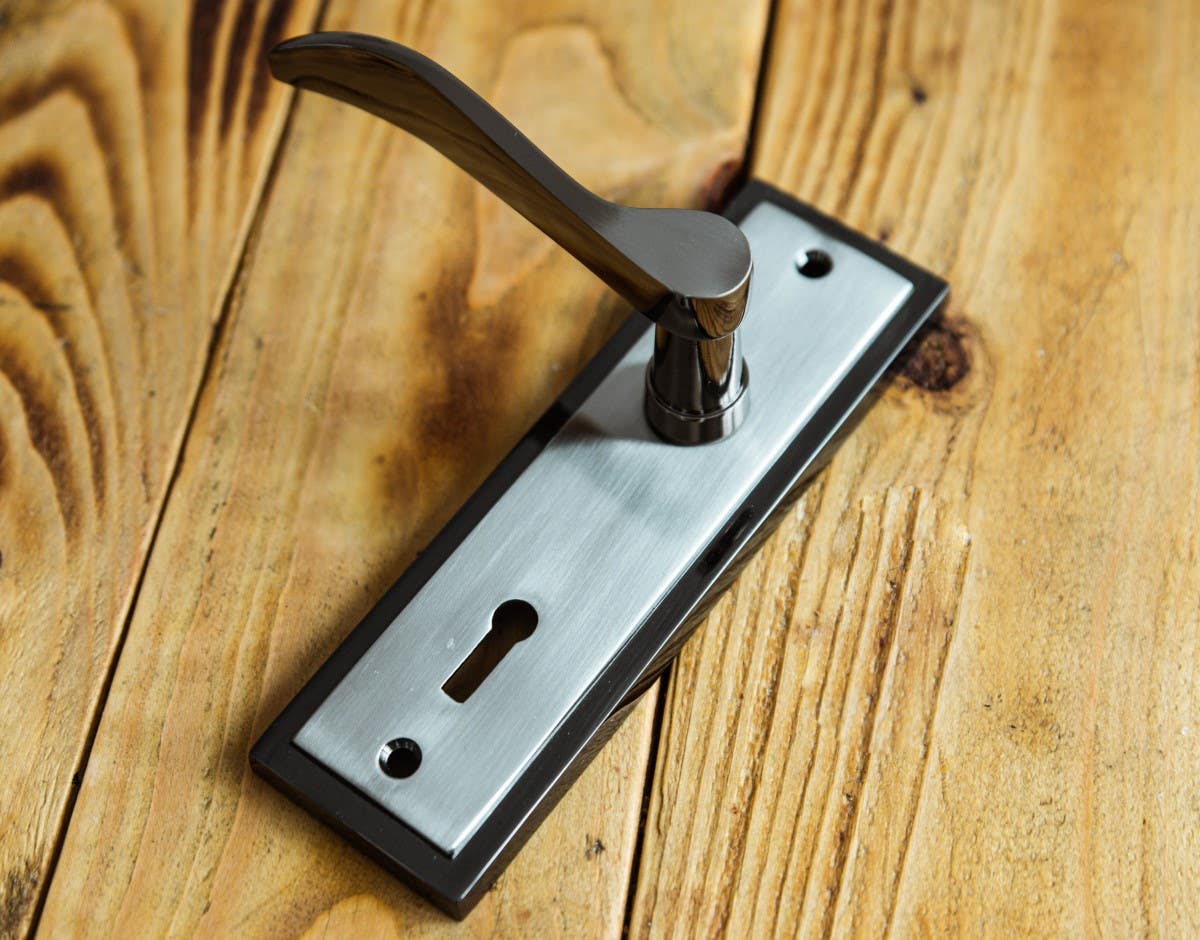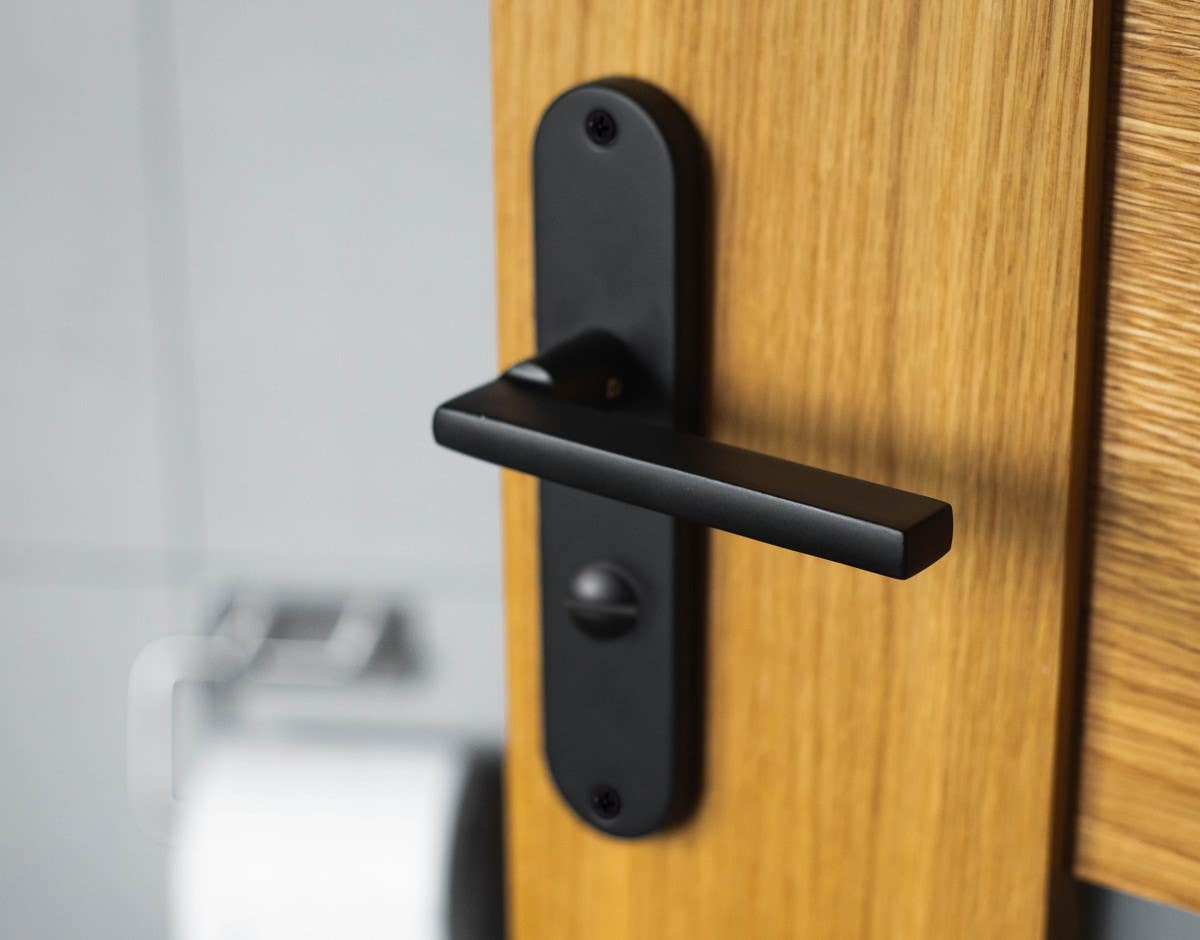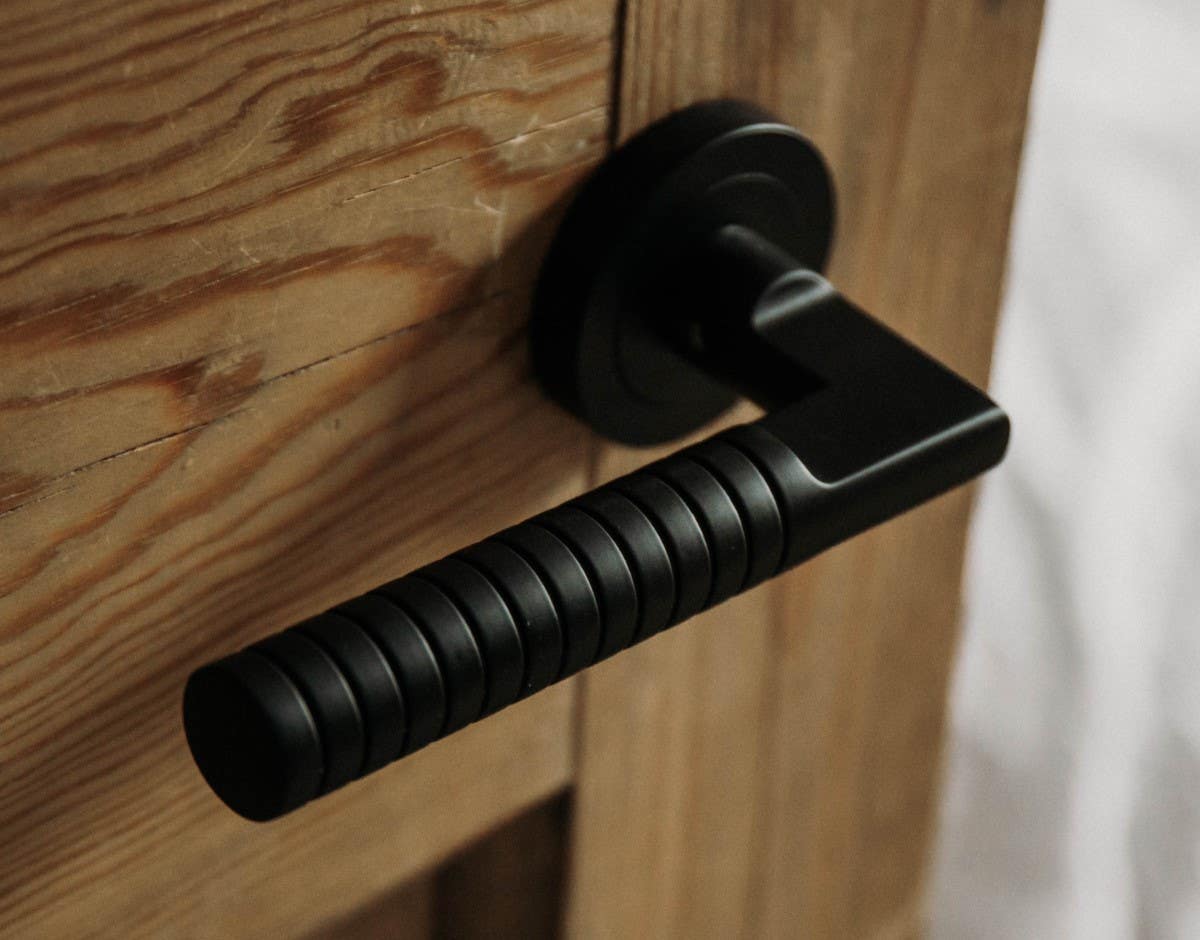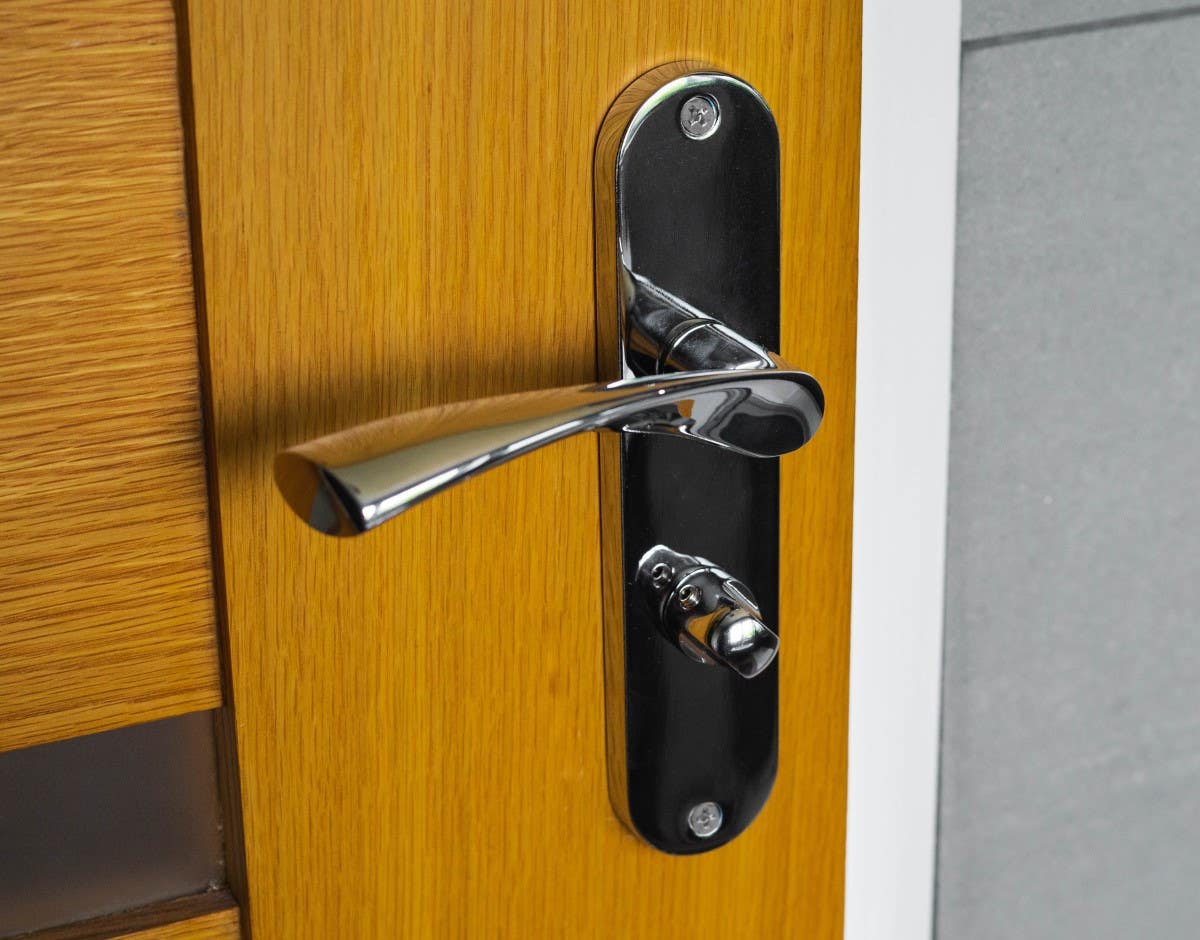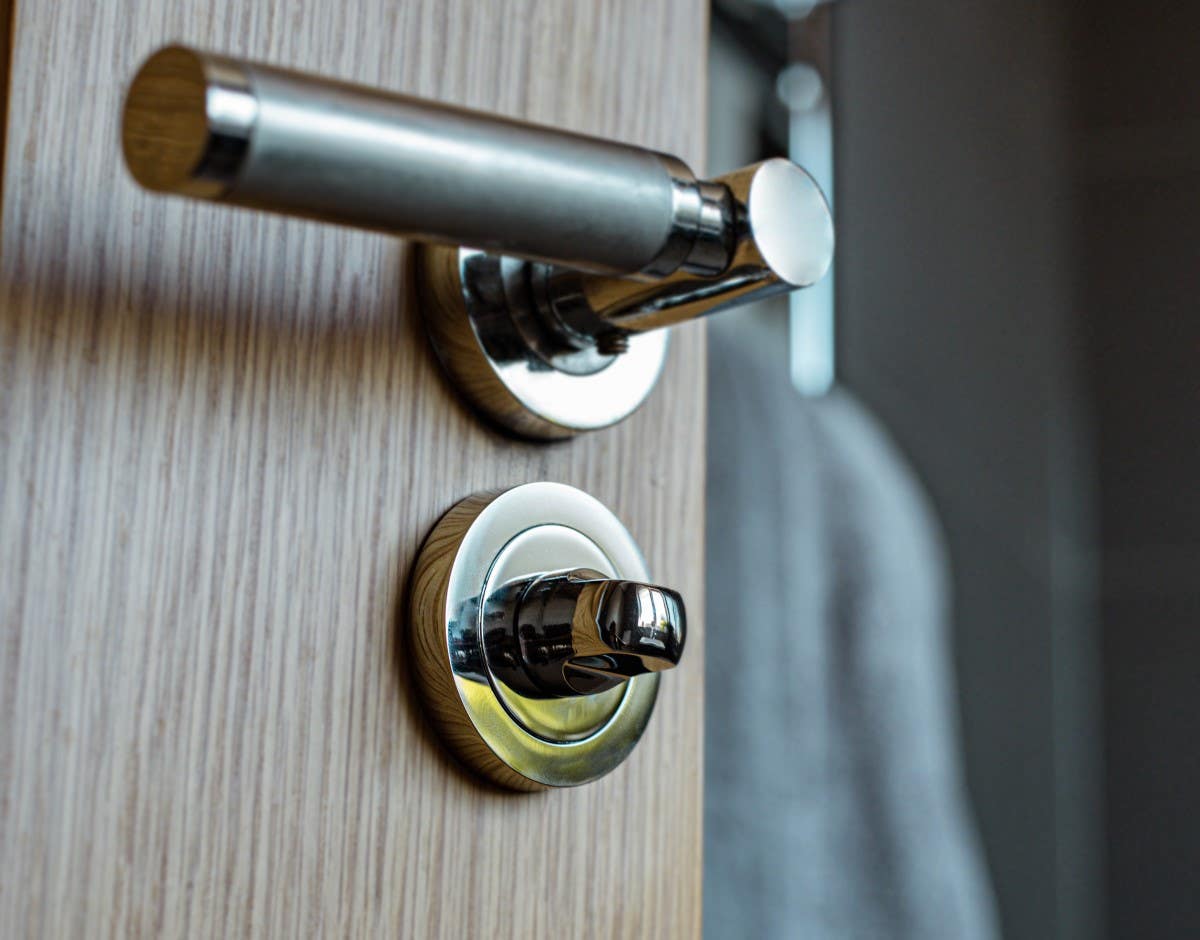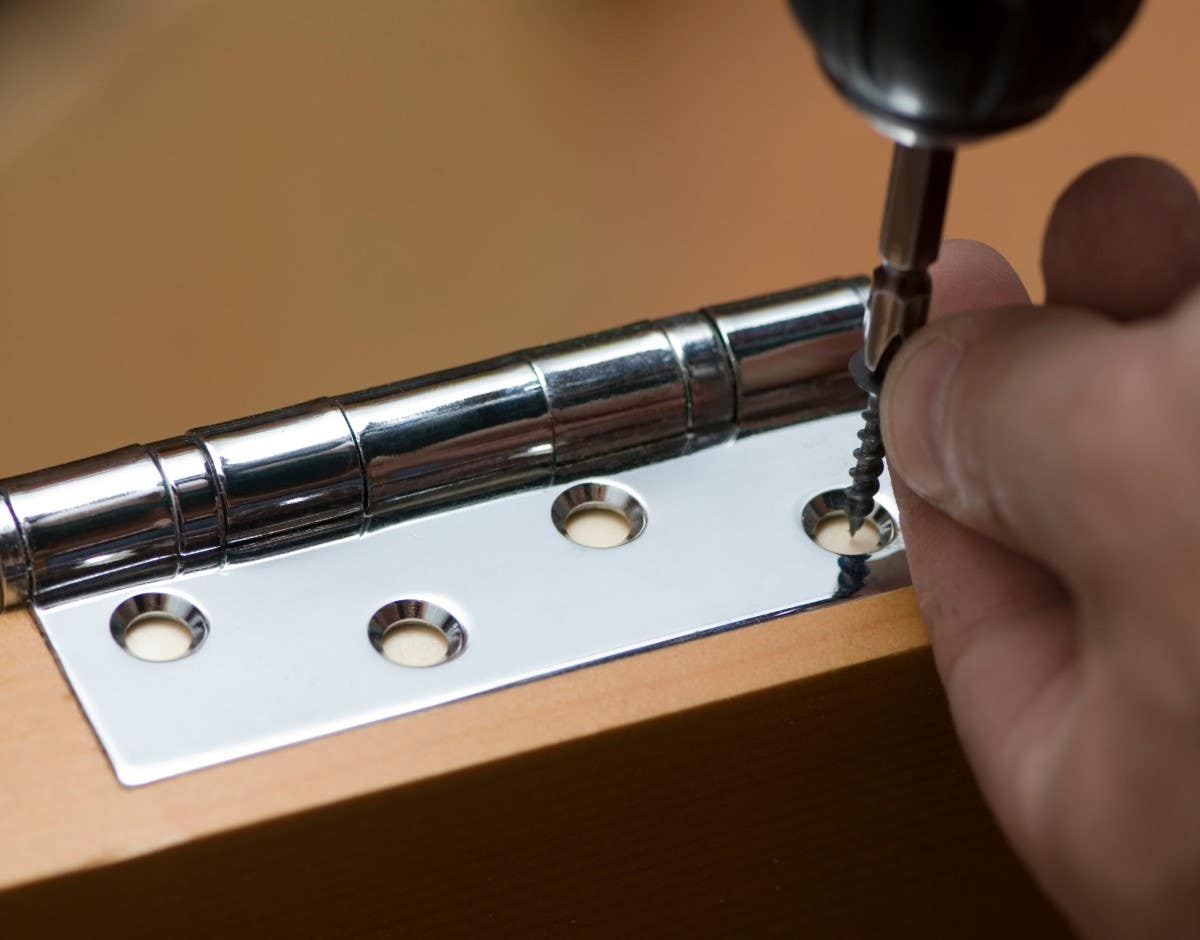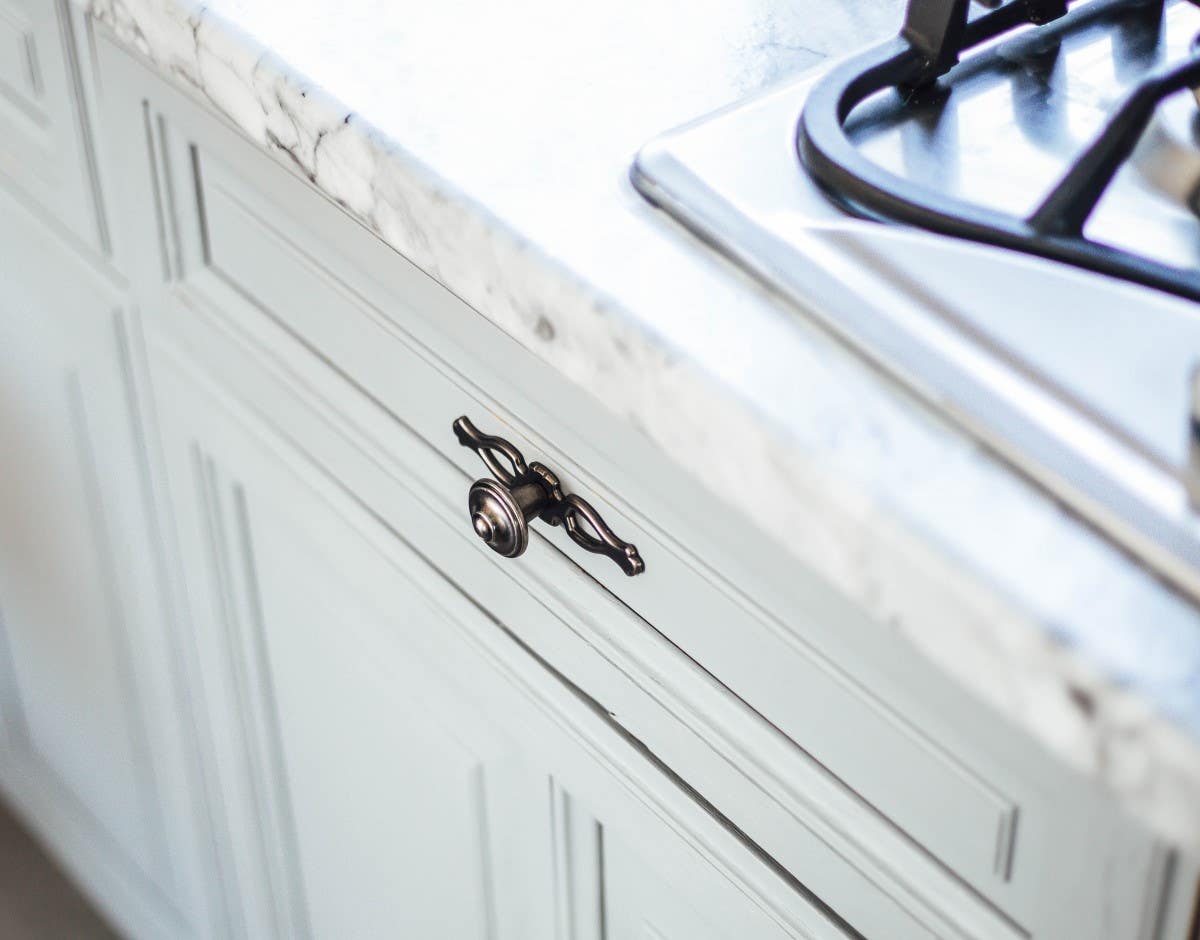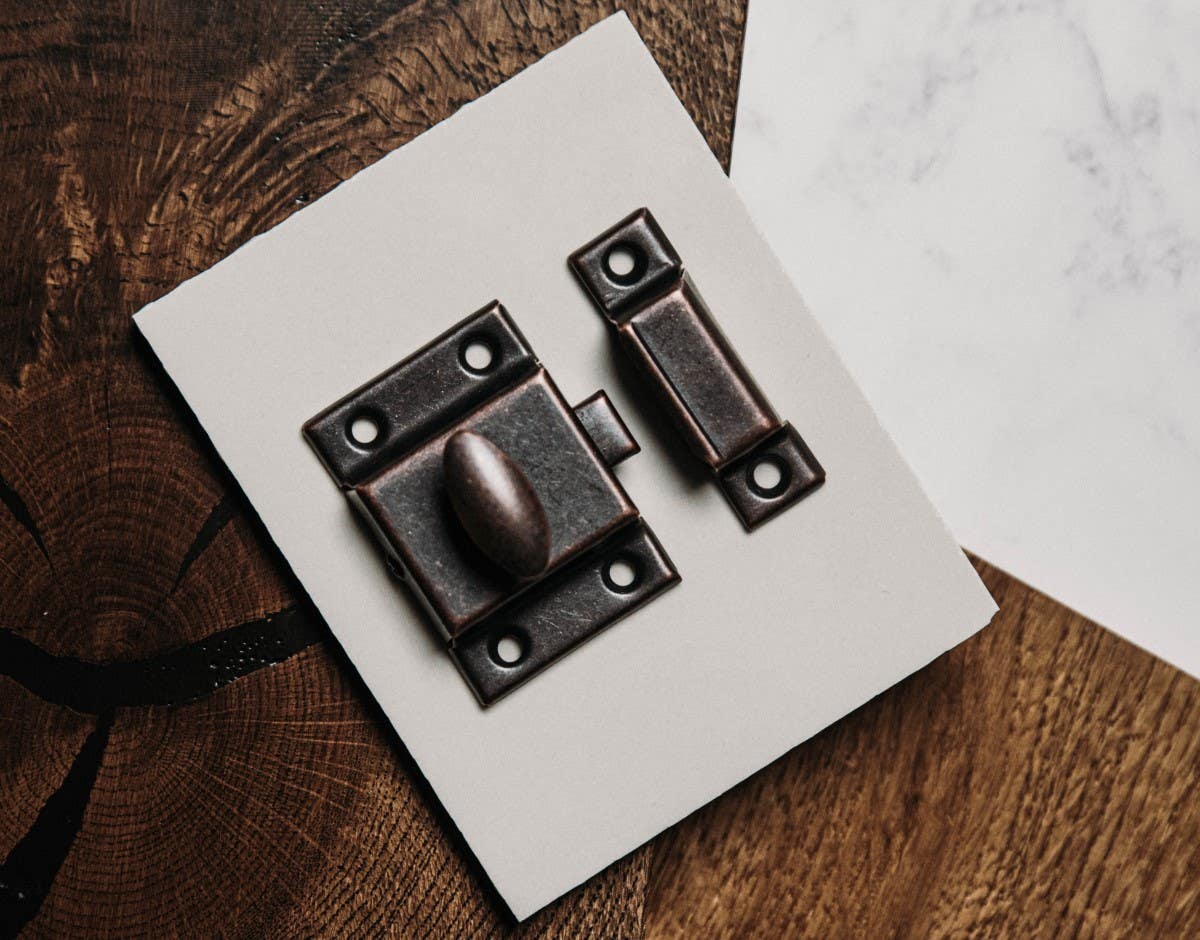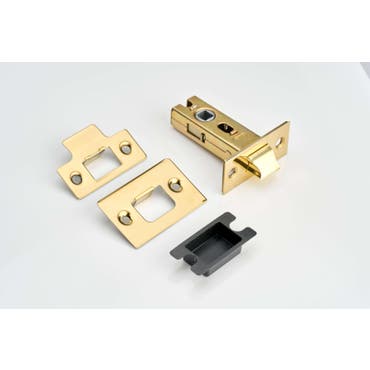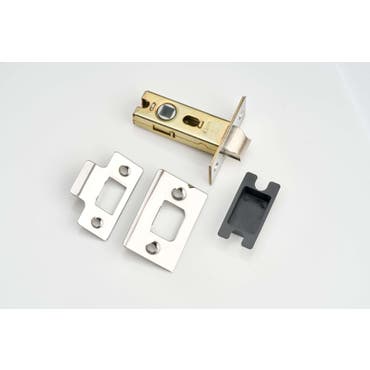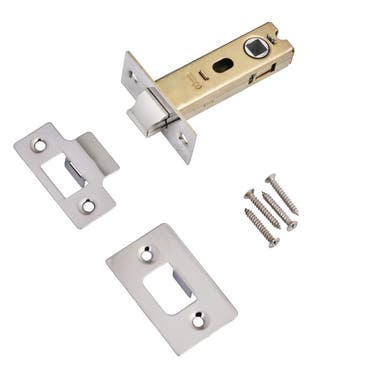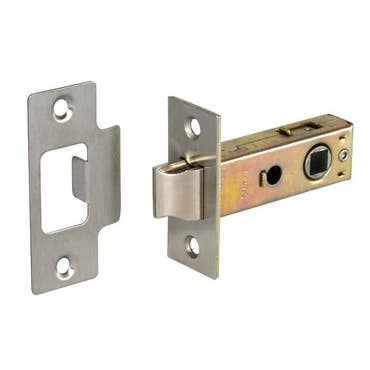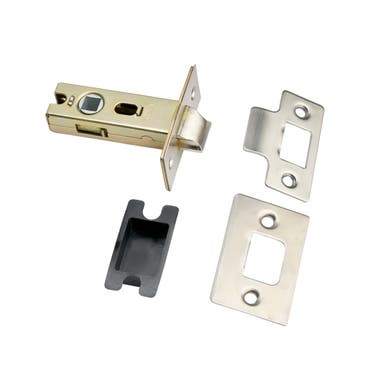When researching internal door locking mechanisms, you'll soon come across what's known as tubular door latches. This article explains what this particular type of ironmongery is, what it's for, and how to measure a tubular latch correctly.
The word 'door latch' refers to a door frame mechanism that's typically 'morticed' and permits the door to be opened using door handles or doorknobs. They also usually feature a sprung mechanism that returns to its original position on its own.

In truth, it's one of the most crucial parts of hardware for your door, so it is essential to understand what's what. So, without further ado, let's take a closer look at what's involved.
What exactly is a tubular door latch?
Without wanting to get too simplistic, a door latch itself helps a door be closed and then be held tightly shut.
There are several door latches available on the market, including the Upright (Flat) Latch, the Night Latch, and the tubular latch.
While there may be many types of door latch to choose from, by far and away, the most common you'll find installed in your average door frame is the tubular door latch.
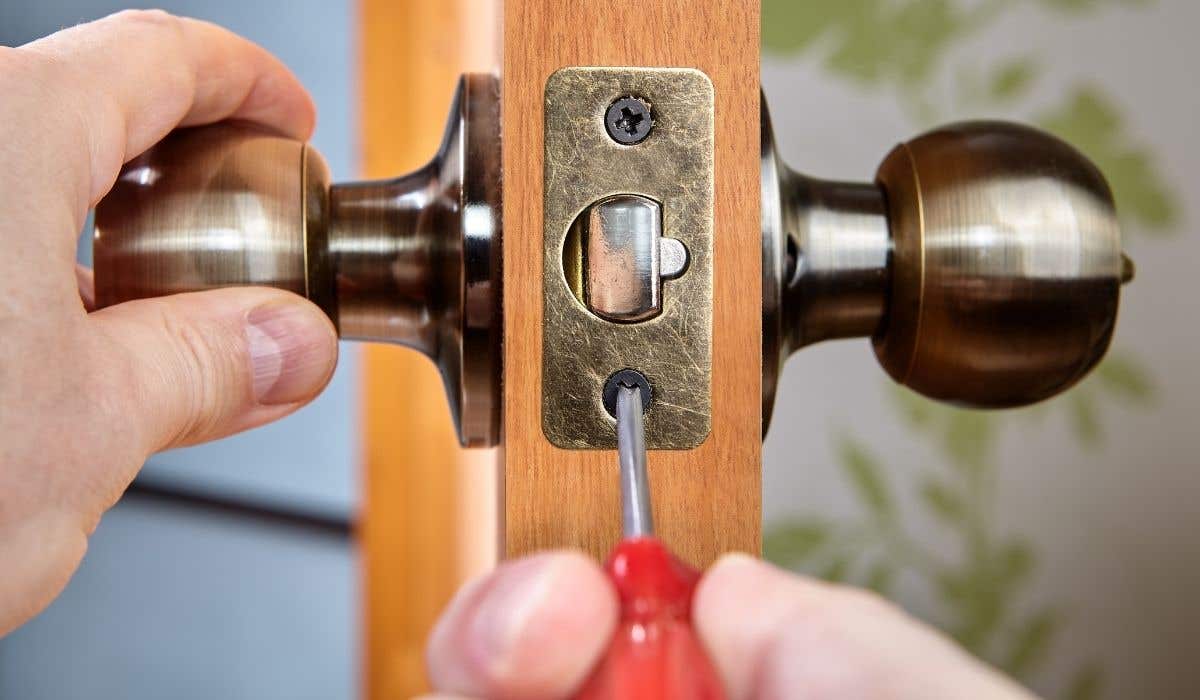
Tubular door latch features
Look around at the internal doors in your vicinity, and the chances are that you'll see a tubular product sitting in place. Closely examine a latch of this kind, and you'll usually find a steel, rectangular tube, which can contain a couple of different latch mechanisms.
The most straightforward type you'll encounter will be a 'tongue' (latch bolt) with a spring-loaded 'follower' that retracts to open the door in question, and then the door is closed.
An easy-to-fit tubular steel casing
The straightforward design of tubular latches makes them particularly easy to fit, often requiring just a single drilled spindle hole to install.
This means that you get to avoid complicated chisel or jig work - something that's required for more complex mortice latch styles.
It's this simplicity that makes tubular latches popular with tradespeople and home improvement enthusiasts, especially as they're available in a wide range of door latch sizes and shapes.
A variety of latch options are available.
The latch is an often forgotten aspect of door function, but a critical one nonetheless, as it has a significant bearing on how smoothly a door handle operates.
Also, in addition to the size and style options you get when considering a tubular latch, you have to decide what level of product quality you're aiming for, with the standard, economy, heavy sprung, and double sprung tubular latch options available.
How to measure a tubular latch
Now we get to the part that made you read our article - how to measure for a tubular latch. And the first thing you need to consider is what type of door handles you're going to go for, as it has a bearing on how to proceed.
Should you opt for a popular product like lever door handles, then likely the best choice is a 76 mm tubular latch - irrespective of whether they fall into the 'lever-on-rose' or lever-on-backplate' category. As experts, we recommend a 64mm latch for backplate handles and 75mm for rose door handles and doorknobs.

Measuring the backset
Another essential aspect to consider is the backset measurement or the distance between the door's edge and the latch's spindle mechanism. Typically, a 76 mm case will feature a 65 mm backset, with a 63 mm case measurement having a 44 mm backset.
Getting the backset measurement wrong can lead to sore knuckles, as they can end up knocking against the architrave. The type of handle used will also have to be taken into account, as you may need to offset it slightly if you were to, say, pick a lever handle.
Common misconceptions dispelled
Many professional tradespeople choose the smallest latch sizes (64 mm) when installing new doorknob mechanisms, but the aesthetic effect is always better when selecting the longer 76 mm option.
Doing so offers a backset size of 56 mm, which has the nice side-benefit of positioning the installed door knobs or lever handles right in the middle of the stile. The only time this wouldn't be the case is when the existing door is narrow or features glass panels.
Case Depths & Backset Size
Another common mistake that people make is that the case depth and backset size are the same. In truth, the case depth is referred to as the lock size, and while not all locks follow the same template, 90% of the time, they do.
That means that other measurements can be assumed based on the case depth. There are many different case depths, but the most common is 64 mm and 76 mm (equivalent to 2.5" and 3" imperial). On the other hand, the backset measurement is the distance from the lock's leading edge to the centre of the keyhole.
This is such an important thing to remember when replacing locks because it helps you avoid drilling new holes. The most common sizes of backset you get are 44 mm (on a 64 mm lock case) and 56 mm (on a 76 mm lock case).
A critical, quick door frame measurement
To avoid having problems when installing your mortice latch, you should take a quick measurement so that you're 100% sure about the right size to use.
This is done by measuring the door stile width and dividing that figure by two.
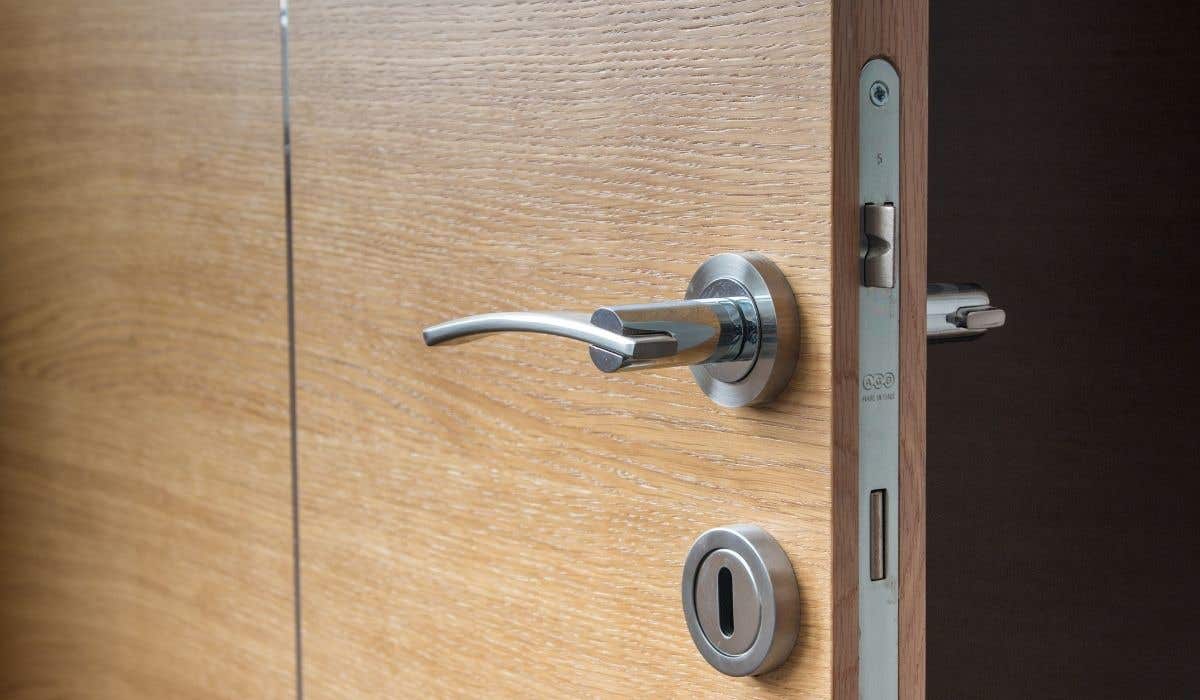
This is a crucial part of the process, as this determines the precise backset required to ensure that the doorknobs used are located precisely where they need to be - in the centre of the stile.
What if a different door handles choice is made, like a doorknob?
So, we've covered the fact that 76 mm latch size is ideal for lever handles, but does that apply when different door handle options are chosen? Like doorknobs, for example?
The fact is, the door furniture used does matter, and there's a surprising misconception in circulation, even with professionals!
76 mm latches are not universally acceptable
Even in the trade, some view 76 mm latch as universally acceptable, regardless of the door furniture chosen.
However, that's wide of the mark, as 76 mm is the very minimum-sized latch that you can use in conjunction with sprung and unsprung doorknobs.
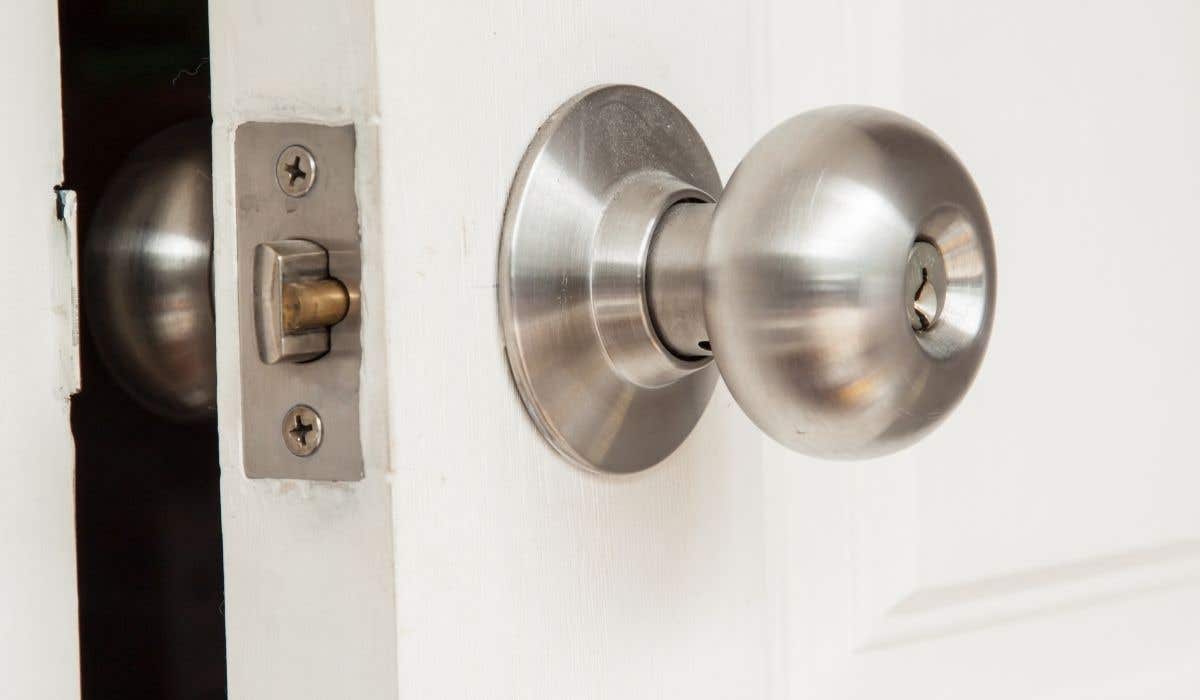
Ideally, use a 102 mm latch for doorknobs.
In reality, 76 mm latches can be too short for some door handle types. When this happens, the doorknob ends up being too close to the door frame, resulting in the user's knuckles getting painfully stuck when turning.
As far as door furniture goes, when installing a doorknob, you really should be using a latch case of at least 4 inches or 102 mm. This offers a backset of 82 mm and will provide ample room to prevent jammed fingers - and it tends to look better too!
What about the height of your latch?
The next aspect of door handle latch installation that needs to be considered is the height. Again, looking at existing latch positions in your home, you will usually see the latch lined up with the strike plate at a height of around 1 metre.
This is undoubtedly the case for lever door handles, but that's not always true when talking about doorknobs. For instance, when dealing with panelled doors, doorknobs need to be located on the mid-rail, irrespective of the distance from the floor.
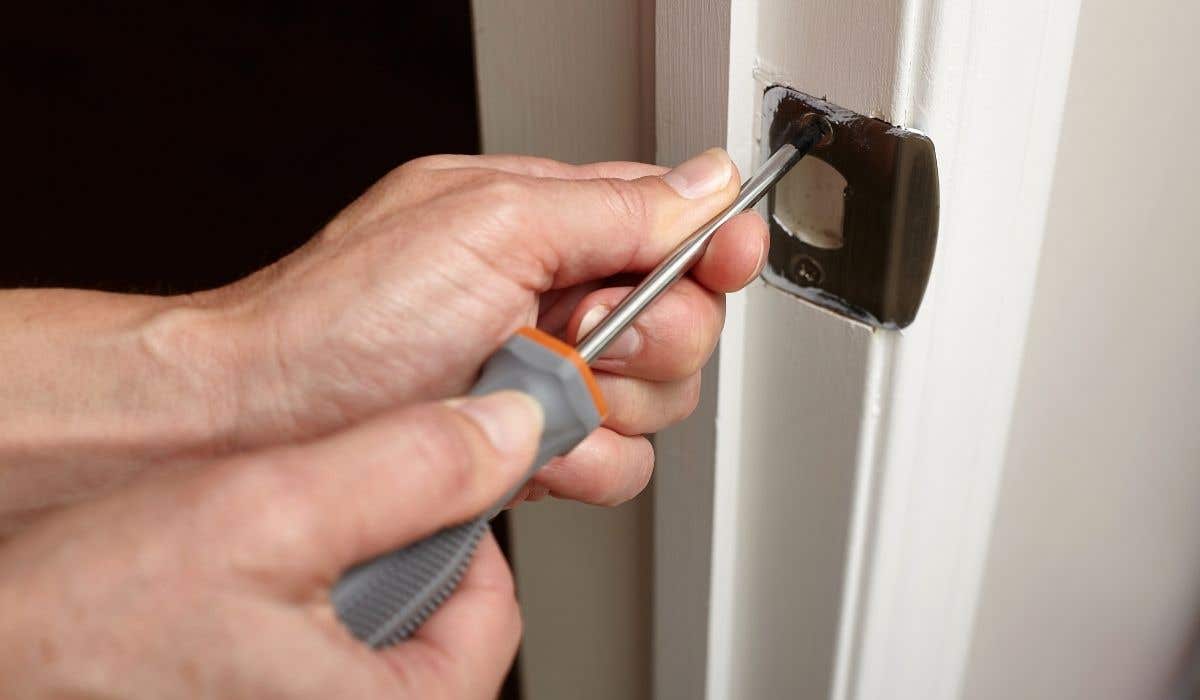
What about the right height for a brand new door?
If you don't have an existing latch in place to guide you, then you'll need to know what height to install the latch, and most commonly, it's 1000 mm from the floor.
You should install door handles between 900 mm and 1050 mm from the floor in terms of standard UK regulations. If installing multiple new door latches throughout a property, it's best to keep the height uniform for aesthetic purposes.
We hope our article proves helpful!
So, there you have it. You should now have everything you need to know about tubular latches and the considerations that need to be made. We've covered every important aspect you'll need to think about when picking and installing a tubular latch, from latch sizes to positioning to the door handle choices made.
Follow the advice we've provided, and you'll have no problem getting superb functional and aesthetic results. We sincerely hope that you have an easier time getting the job done successfully by reading to the end.

